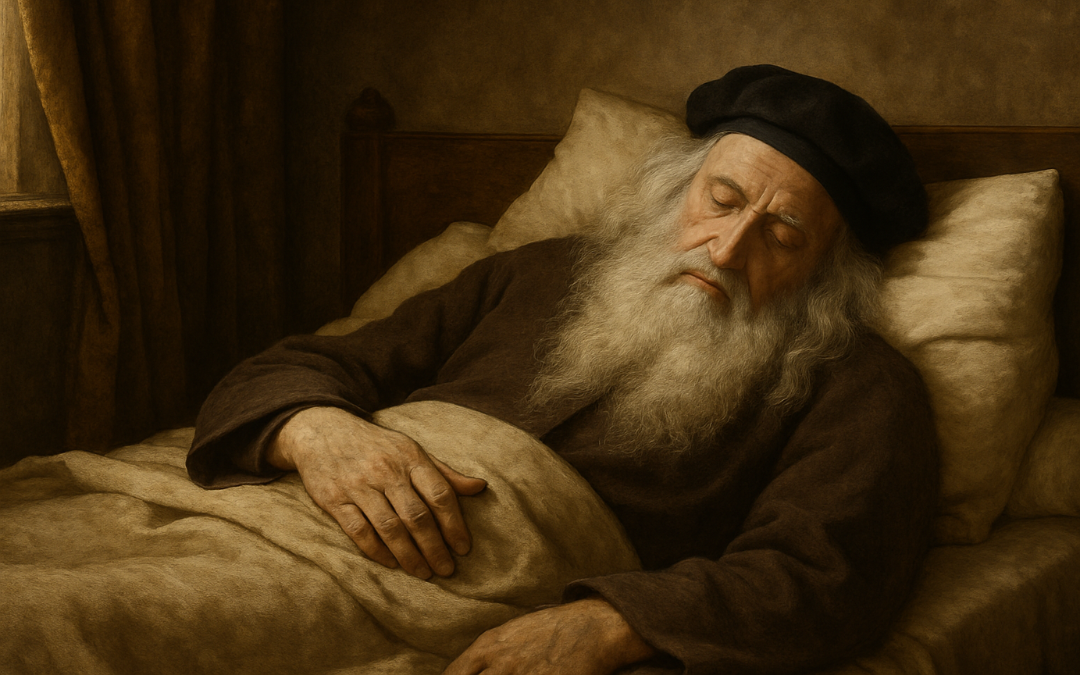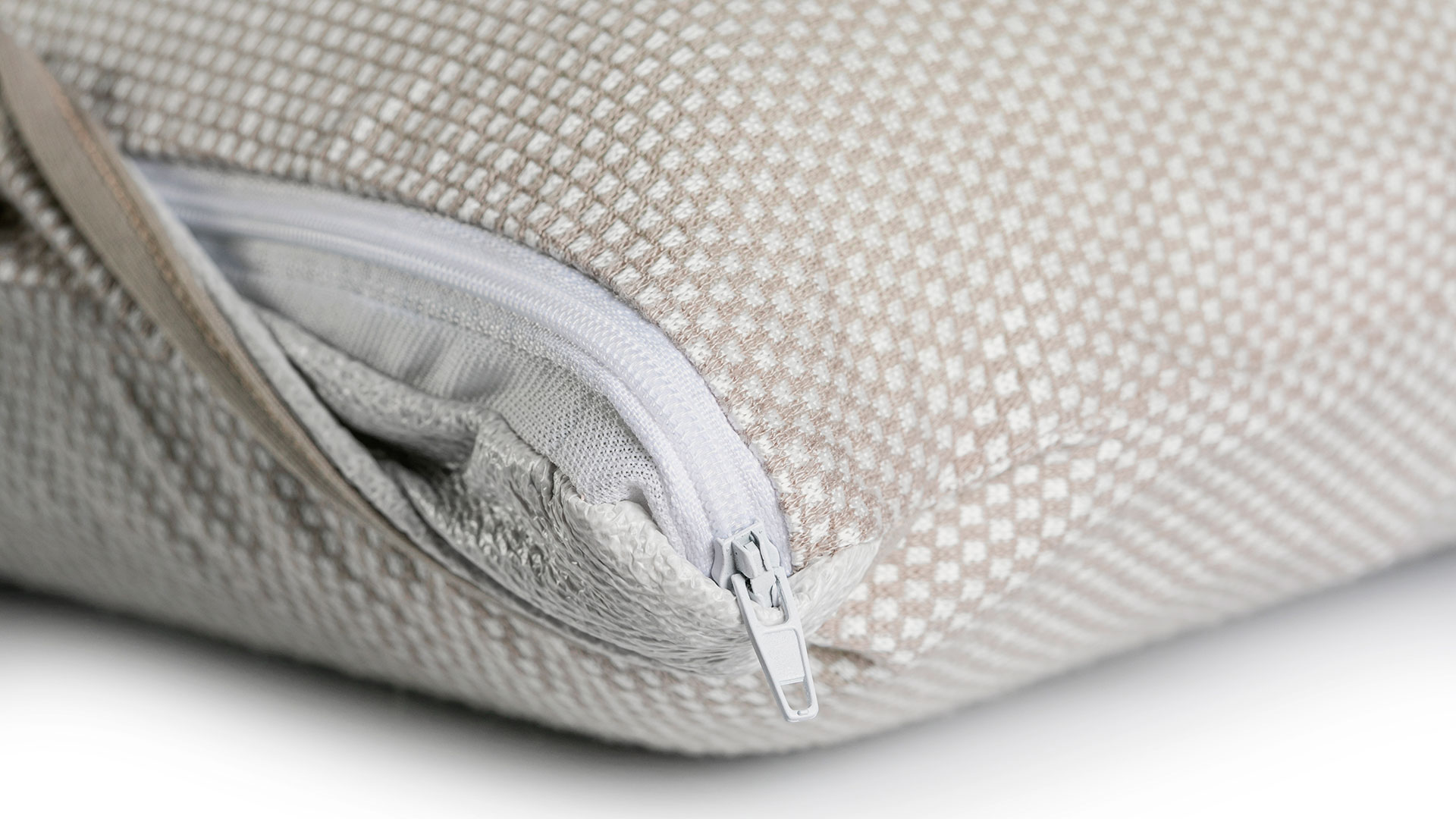News
These famous people practiced polyphasic sleep, but what exactly is it?

Did you know that Leonardo da Vinci, Nikola Tesla, and Cristiano Ronaldo have something in common? They all, in different periods, practiced polyphasic sleep. But why and how does this type of rest influenced their performance?
What is polyphasic sleep?
Unlike monophasic sleep, which involves sleeping continuously through the night, polyphasic sleep divides sleep into multiple segments throughout the day. Those who practice it claim that it's possible to achieve similar recovery by sleeping only three hours, broken into intervals, rather than the traditional seven or eight hours in one stretch.
In fact, some famous figures have practiced polyphasic sleep, including:
- Leonardo da Vinci: It’s said that he followed a polyphasic sleep pattern, sleeping only 1.5 hours at night and supplementing it with short naps every four hours throughout the day.
- Napoleon Bonaparte: He advocated for sleeping very few hours and bragged about needing little rest at night. However, this wasn’t entirely true, as he would compensate for his lack of sleep with naps during the day.
- Nikola Tesla: He claimed to sleep very little at night but also took several daytime naps to recharge. His long waking hours, especially at night, were known for being highly productive.
- Cristiano Ronaldo: It’s believed that he distributes his rest into 90-minute cycles, adapting them to his training and waking hours, aiming to maximize both physical and mental performance.
The reality is that not everyone sleeps the same: monophasic, biphasic, or polyphasic, each one impacts rest differently. Polyphasic sleep, for example, is ideal for professions like medicine or aviation, where schedules are anything but traditional. So, which one do you identify with?













